
OR
#OPINION
'Sajha Yatayat’s Seven-Point Advisory on Public Transport'
Published On: April 10, 2024 06:00 PM NPT By: Kanak Mani Dixit
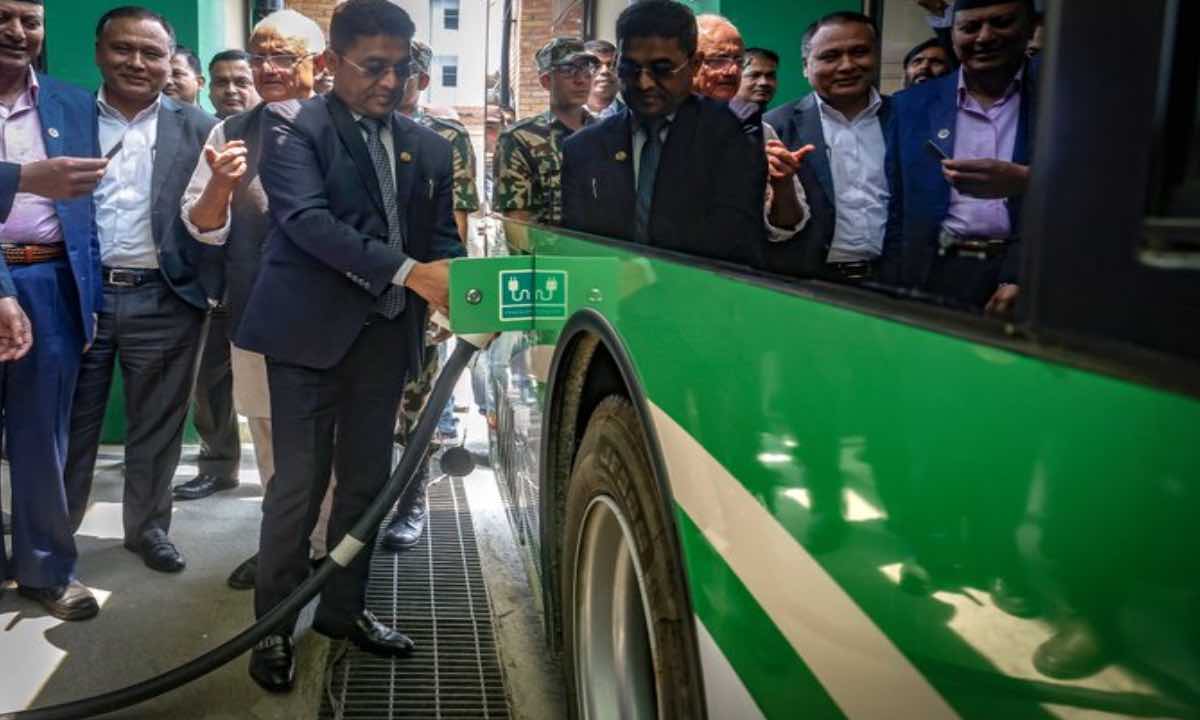

Kanak Mani Dixit
The writer is a journalist who served as a staffer of the United Nations Secretariat in New York from 1982 to 1990.news@myrepublica.com
The demand for public transport in the Valley has rocketed along with urban expansion, but because for decades we have not had a government entity dedicated to public transport, the economy, public health, as well as the mental peace of the citizenry itself, have been affected.
I take this opportunity to thank all who helped establish Sajha Yatayat more than six decades ago and those who helped revive it when it was taken into liquidation. From Founding Chairman Bishwa Bandhu Thapa to the employees as well as the ‘Friends of Sajha’ group who helped in the revival, thank you. Likewise, I mention those politicians and bureaucrats who helped de-politicise SajhaYatayat and helped it evolve as a cooperative company, as well as the drivers, conductors, mechanics and administrators who have brought us to this point.
In the latest instance, the Government under then-Prime Minister KP Sharma Oli invested three arab rupees in SajhaYatayat with the purpose of promoting electric public transport, which gratifyingly showed trust in our institution, which has also made us feel more accountable to the public.
The Executive Board of SajhaYatayat decided that rather than spend all the invested money of the government in one go, given the new technology, the spending should be spread out over three tranches. It is from the first tranche that the 40 buses being inaugurated today were purchased, while at the same time, we are also opening the country’s largest charging station. While in the past we have purchased Ashok Leyland and Tata buses manufactured in India, these 40 buses have been manufactured by CHTC Company of Nanjing, China, and the maintenance is being carried out by the Deego Company under contract.
At the outset, let me share some information regarding this facility where the charging depot has been established. The property was gifted to SajhaYatayat by Rani Jagadamba Kumari Devi Rana, on which the Government of Japan built a bus maintenance workshop, which was handed over to the company in 1990. It is these well-built premises that we have converted into SajhaYatayat’s charging depot, with 24 charging points using 1.1 megawatts of electricity.
We often get asked, "Why have you been pressuring the Government for a charging station when this space was available and rented to Nepal Telecom?" In reality, Nepal Telecom had given SajhaYatayat more than a decade’s rent, so that we could provide severance benefits to more than 750 staff members, and as a result, it was ethically inappropriate for us to ask that the premises be vacated. Fortunately, a few months ago, Nepal Telecom vacated the place of its own volition, which opened the door for us to immediately go about establishing this charging depot. I must say, however, that all of SajhaYatayat’s real estate having been used up, we will need the Government to provide space for the charging of future additions to our electric fleet.
I now propose to present SajhaYatayat’s views on public transport under seven heads:
1. Public transport: The demand for public transport in the Valley has rocketed along with urban expansion, but because for decades we have not had a government entity dedicated to public transport, the economy, public health, as well as the mental peace of the citizenry itself, have been affected. SajhaYatayat hopes that the newly established Valley Transport Authority will be activated as soon as possible, so that the urgent requirements can be addressed, from route rationalization to service standards. Improving public transport in the Valley will positively impact the entire country and the national economy.
2. Electric transport: It is vital to promote electric public transport for the sake of the national economy as the best way to replace imported petroleum fuel. This is because public buses run all day long and are charged during the night when there is surplus hydropower energy available. There is a need for a national commitment and campaign for electrification of public transport, for the sake of the national economy and public health, by reducing fuel imports and air pollution. There are many countries where tens of thousands of electric cars and buses are in use, but keep in mind that much of the time the electricity is produced from coal-fired power plants. This means that, in effect, the battery-driven electric vehicles are running on coal. In the case of Nepal, hydropower is nature’s gift, and when our public transportation goes electric, we will be able to dramatically improve the human development index.
3. Private sector electrification: SajhaYatayat has always advocated recognition of the private sector’s contributions to public transport. Today, while microbuses are being privately financed, the larger buses required for public transport are out of the reach of the private operators due to high costs. SajhaYatayat itself could never have contemplated purchasing these 40 buses without governmental support, nor could it plan to purchase more buses running on batteries. Large buses require more batteries, which makes the up-front cost high while the running costs are relatively low. For this reason, like in other countries, in order to make it possible for the private sector operators and others to deploy large electric buses, the Government must promote financing packages. This is our firm position.
4. Additional battery-operated buses: These 40 buses bought under the first tranche are nearly 9 meters long and can carry up to 50 passengers, sitting and standing. SajhaYatayat is set to once again go for international bidding in order to induct longer 12-meter buses and give further momentum to electric public transport. We request the Government to consider providing physical space for the new lot of buses. Some time back, at our request, the Prime Minister’s Office had drawn up a list of possible blocks of land under the ownership of various ministries and departments for charging depots, but matters did not progress. We are in consultation with various municipalities in the Valley to add charging stations, but that will not be enough to fulfil SajhaYatayat’s future requirements.
5. Future technology and collaborations: We are thankful for the support of Tribhuvan University, Pulchowk Campus and the Kathmandu University Department of Electrical and Electronic Engineering for the support in the inspection and operation of these 40 buses. We look forward to collaborations in the days ahead. SajhaYatayat’s Executive Board has recently approved the establishment of a Centre for Public Transport Research and Application to study the technical, financial and social aspects of public transport. In carrying out practical-oriented research in the many aspects of public transport in Nepal, the Centre will work with private operators, universities, the Alternative Energy Promotion Centre, foreign cooperation agencies and entities, municipalities, Nepal Traffic Police, IT professionals, and so on. For example, there is an urgent need to explore mass transit possibilities for the Valley, to study the possibilities of transport components within the country, buses to run on electric-diesel hybrid systems, innovations in hydrogen fuel, and new technologies being applied to trams. Given the narrow roads that are the mark of the Valley’s urbanization, it is important to see if trams that are narrower than buses might not be suitable, especially now that they may not require overhead wires or rails beneath. Likewise, as an example, could the Nepal Ropeway’s right-of-way that exists from Teku to the urbanized Matatirtha area, could it not be used as a transport artery, whether as a bicycle lane or for the use of overhead gondolas?
6. Sajha Yatayat’s own plans: SajhaYatayat has been working with the European Union-supported Solutions-Plus organization to convert a large diesel bus into battery-driven, in the process, learning a lot about the new technology. In this very premise, in a couple of weeks, with Solutions-Plus, we will be holding a workshop dedicated to the study of conversion, future transport-related technology as well as the possibilities of Nepal-based manufacturing. While the Government’s policy is clear in promoting conversion, we seek the support of the authorities to facilitate the paperwork that will allow the present converted bus to run on the roads.
It has been five years since we have been working to introduce fare payment through travel cards, but we are yet to achieve success. Now, we are on the cusp of collaborating with the Rastriya Banijya Bank to introduce the ‘Yatra Card’, and we also believe that the major private operators must be brought on after the pilot stage to make the system successful. We are also committed to looking beyond the card to other electronic payment methods that are gaining traction in the economy. The electronic payment system has the advantage of preventing leakage in fare collection, not only for SajhaYatayat but also for private operators; at the same time, the rationalization of routes for a sensible and effective public transport network in the Valley will be greatly assisted by the electronic fare collection system.
SajhaYatayat is alert to the need to make rides in public transport easy, efficient and dignified, which is why the slogan we have been using within the organization is ‘Maryadit Yatra’—dignified travel. We will continue our efforts to reduce sexual harassment in public buses and are also exploring ways for senior citizens to have a better experience in our buses beyond the free rides we provide to those over 70. A bus riders’ user group is being formed at the initiative of local citizens on our Godavari-Ratna Park route, and we hope to encourage such user groups on other routes as well, to keep watch on matters including behavior of staff, cleanliness, overs peeding, etc.
We know that the Valley sleeps early, which to some extent takes away from the efficiency of the national economy. One of the reasons for the weak night economy is the lack of public transport, even though there have been various efforts, including by Sajha Yatayat to kick-start after-hours service. Once again, we would like to work with the Kathmandu, Lalitpur and other municipal authorities to run, for starters, one east-west and another north-south route running late into the night. Meanwhile, Sajha Yatayat would like to expand our services that end and start at Tribhuvan International Airport to serve domestic and international passengers as well as airport staff. It is normal for an international airport to provide public transportation options. We are also in consultation with the Mayor of Pokhara to provide two electric buses between Pokhara International Airport and Lakeside.
7. Sajha Yatayat’s province service: When Sajha Yatayat’s service was at its peak, we had more than 150 buses and an effective long-distance network that was the benchmark for decades. Since our company was revived by court order, for the past decade and more we have concentrated on providing urban public transportation services, and today we have 71 diesel buses and 40 electric buses, totalling 111. While we will be adding to our urban electric fleet, the Executive Board of SajhaYatayat has also decided to start long-distance services called ‘Prantiya Sewa’, to connect the federal capital with the provincial capital at the outset, to be followed by connectivity between the provinces. SajhaYatayat hopes to work with the provincial leadership to this end. Depending on financial considerations as well as highway conditions, the company will purchase either long-distance electric or Euro-6 standard 'super deluxe’ buses.
In conclusion: Sajha Yatayat’s plan is to improve and provide exemplary service rather than to stand out as an exclusive organization. In this context, I would repeat once again that public transport’s evolution in Nepal has been such that we cannot contemplate the sector serving the economy and the citizenry adequately in the absence of private operators. In our view, ‘right to public transport’ must now be accepted as a socio-economic right. If we can improve the efficiency of public transport in the Valley, besides improving the quality of life of the Valley population, it will benefit the national economy as a whole. In order to respond to the public's desperate desire for quality public transport, we pray for the duly established Valley Transportation Authority to start its work energetically, including in areas of route rationalization, digital payment systems, electrification, and the creation of an effective public transportation network.
One of the reasons SajhaYatayat entered a period of crisis in the past, leading to its liquidation, was the politicization of the organization. Today, even with overwhelming government investment in terms of volume, SajhaYatayat remains a cooperative company. We hope that we will continue to be allowed flexibility in operations as a cooperative company to be able to respond efficiently to the public’s demand for public transport.
SajhaYatayat requests the 18 urban municipalities of the Valley to engage with each other to cooperate for the sake of a Valley-wide public transportation network. Additionally, we also have to say this to the provincial as well as federal government: If you care for the citizens of this country and are concerned for the economy and society as a whole, then do pay attention to the neglected public transportation sector.
Note: This presentation was made by the author, who also serves as Chairman of Sajha Yatayat, during a Sajha Yatayat event on Tuesday. The speech has been adapted, as it encapsulates all issues pertaining to public transport in Nepal.
You May Like This
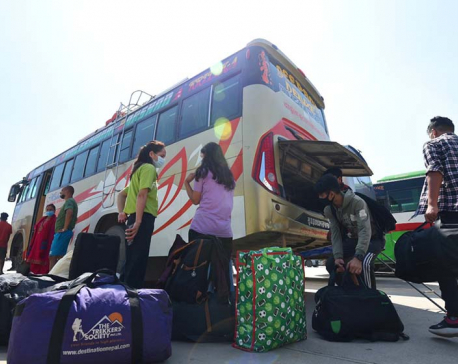
Advance ticket booking for Dashain starts from today
KATHMANDU, Oct 9: In a significant move to enhance travel convenience during the upcoming festive season, advance booking for public... Read More...
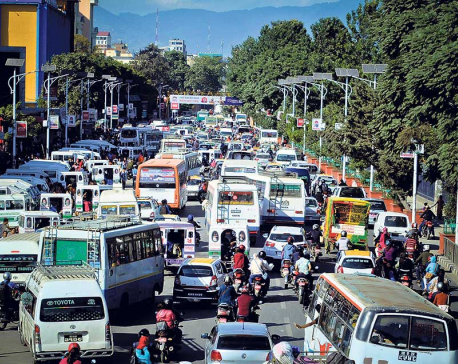
Negligence prevalent in means of public transport
KATHMANDU, Jan 12: The third wave of COVID-19 has now been seen in Nepal. However, the minimum health standards are... Read More...

And then the song played
I was listening to this song for the first time, but it felt like every word spoke for me. The... Read More...
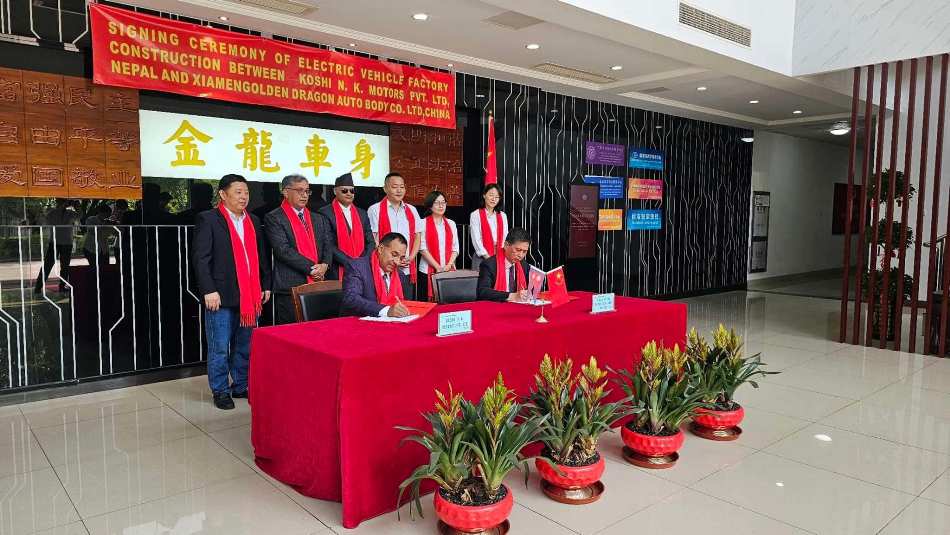
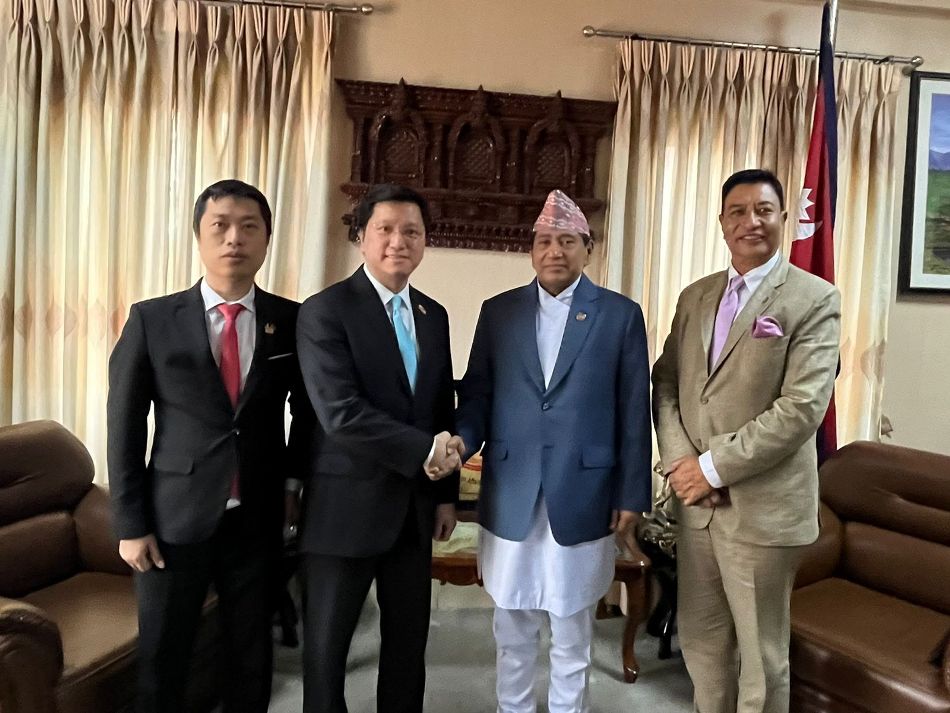

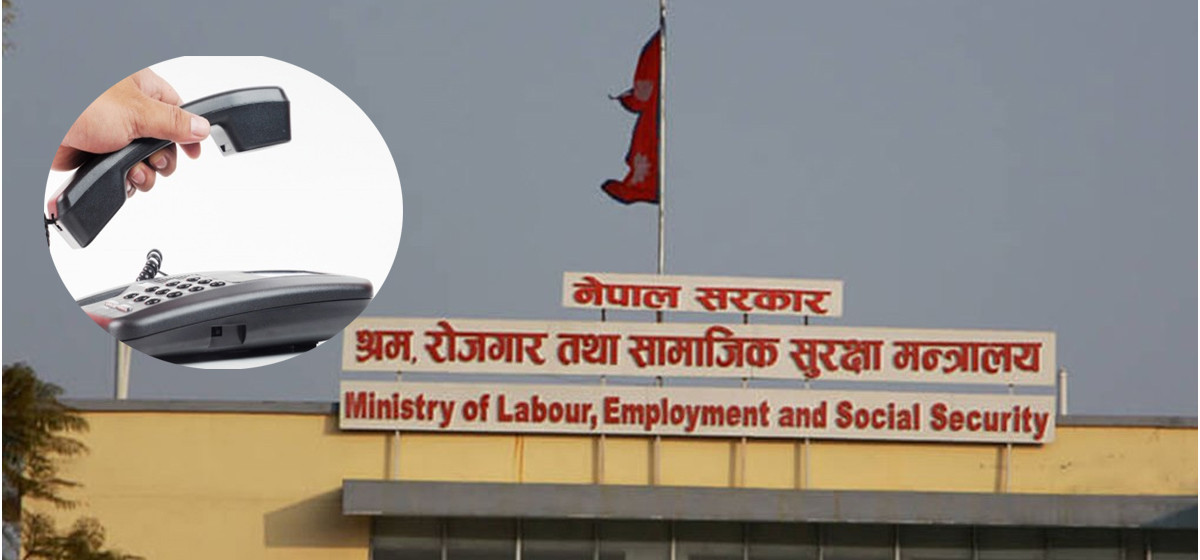
Just In
- Nepal and Vietnam could collaborate in promotion of agriculture and tourism business: DPM Shrestha
- Govt urges entrepreneurs to invest in IT sector to reap maximum benefits
- Chinese company Xiamen investing Rs 3 billion in assembling plant of electric vehicles in Nepal
- NEPSE inches up 0.07 points, while daily turnover inclines to Rs 2.95 billion
- Gandaki Province reports cases of forest fire at 467 locations
- Home ministry introduces online pass system to enter Singha Durbar
- MoLESS launches ‘Shramadhan Call Center’ to promptly address labor and employment issues
- Biratnagar High Court orders Krishna Das Giri to appear before court within one month in disciple rape case





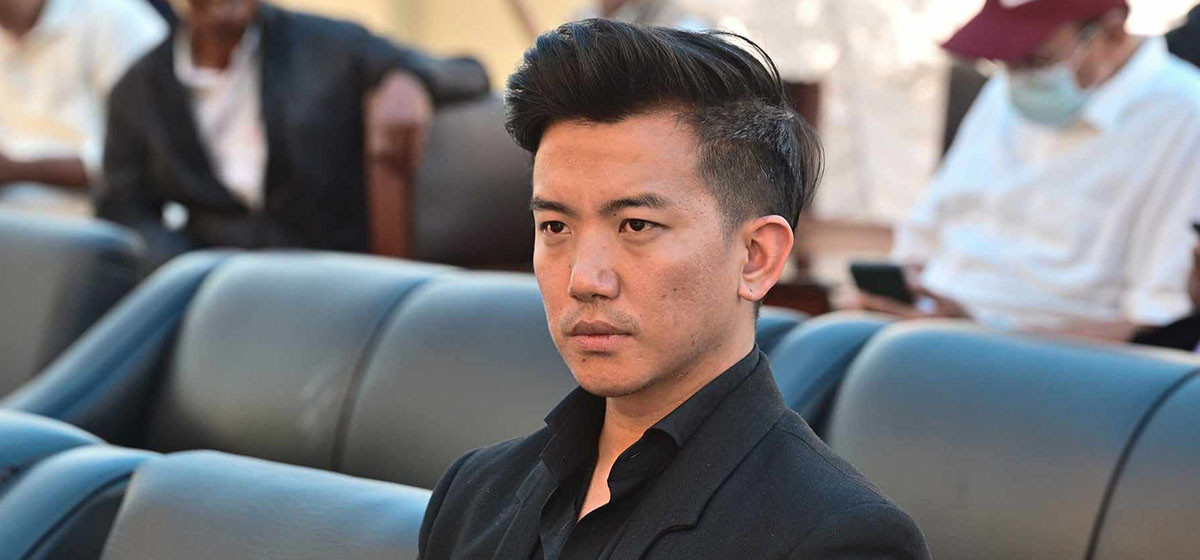
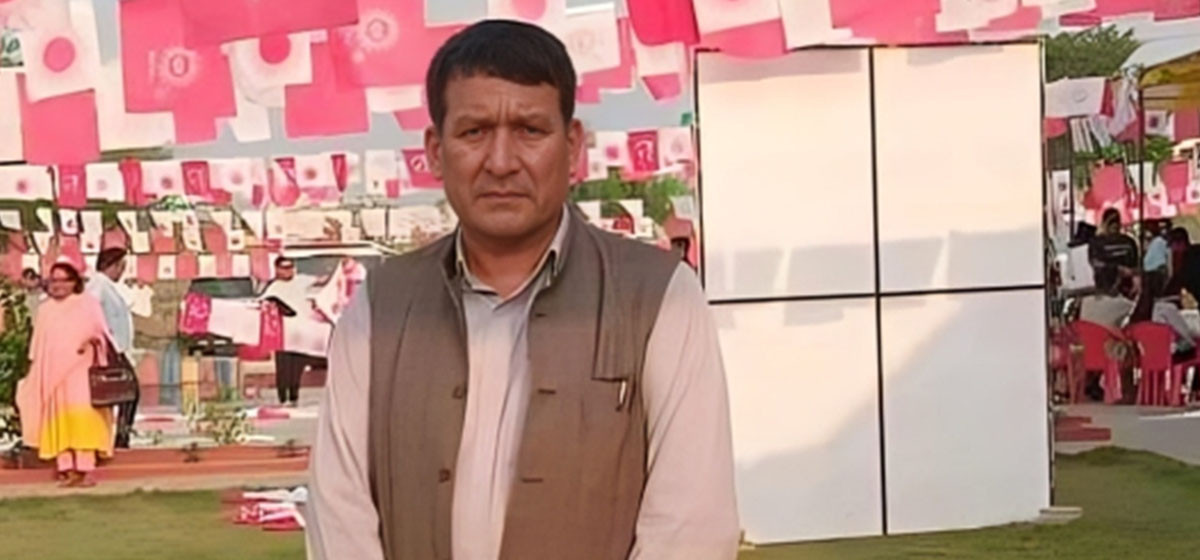
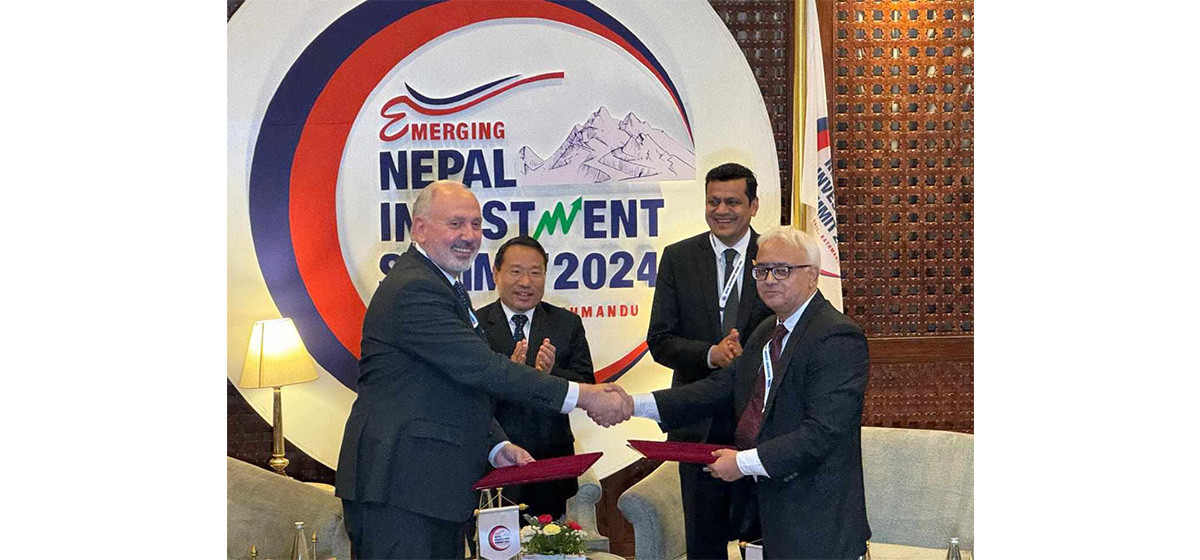
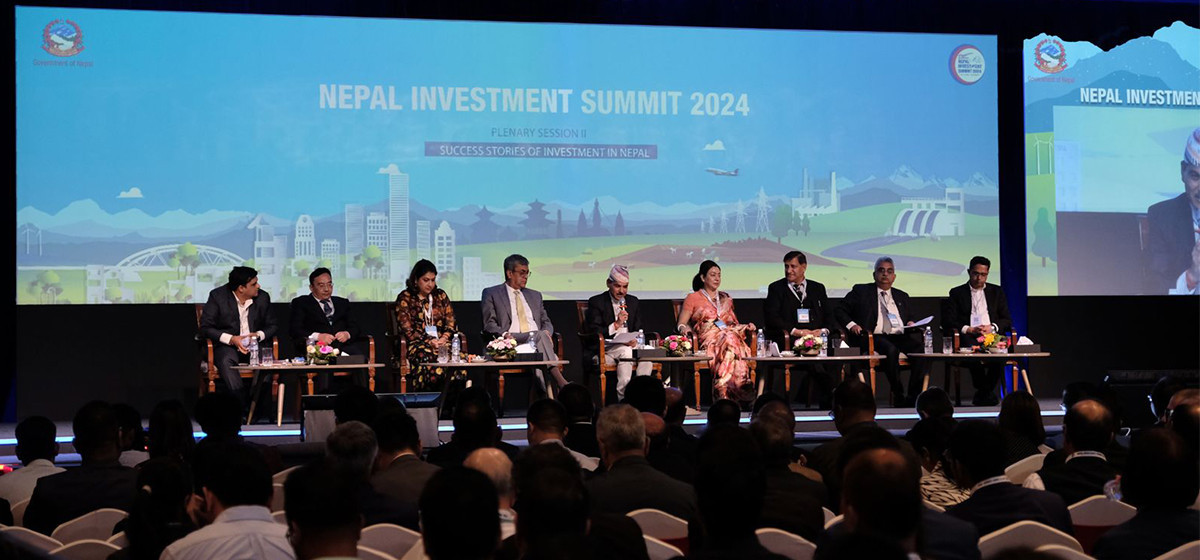


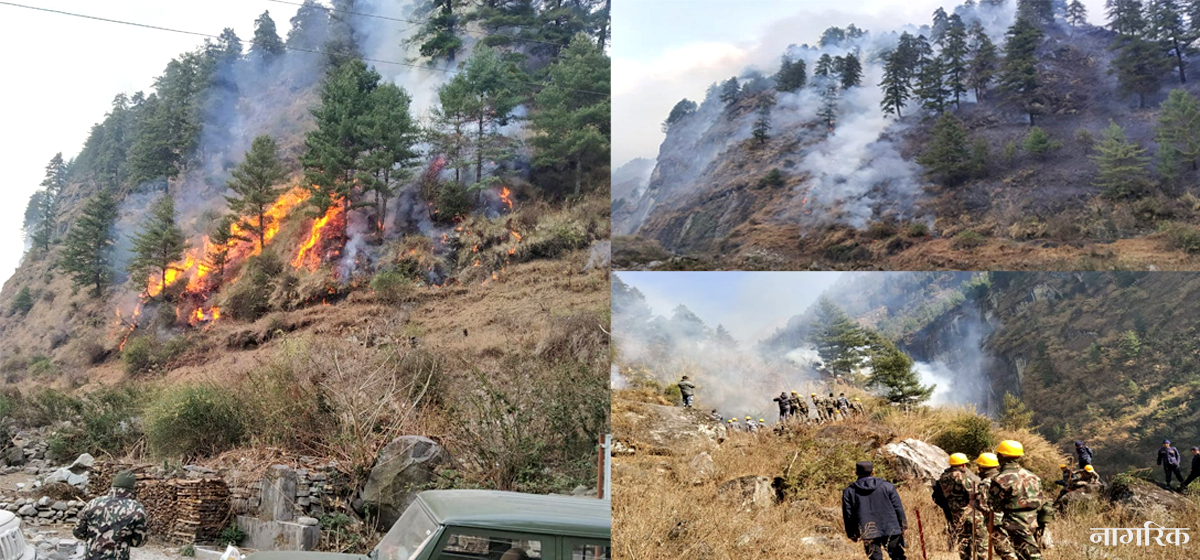

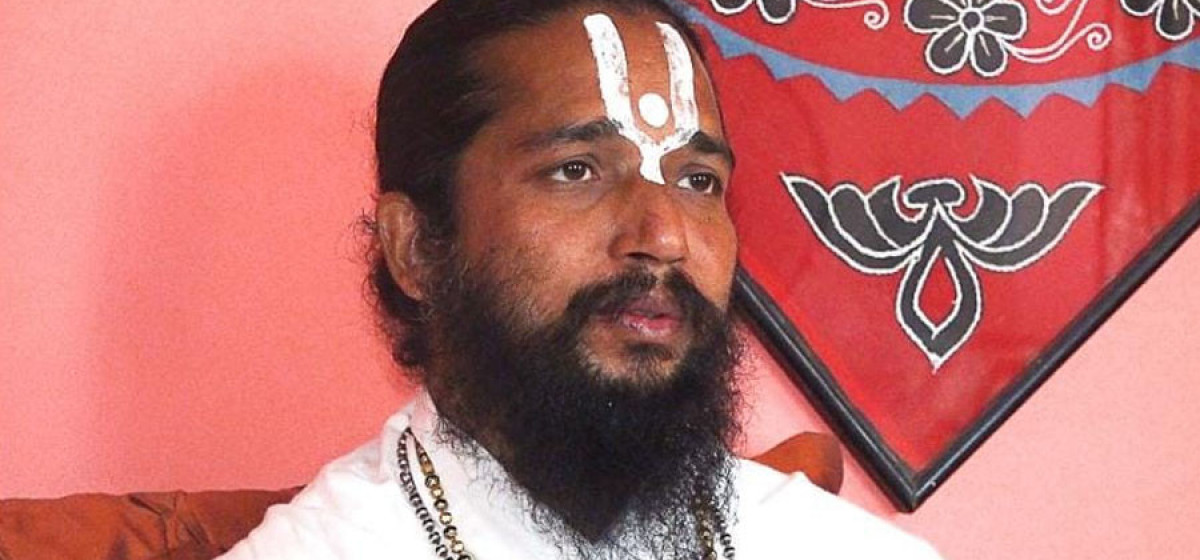
Leave A Comment